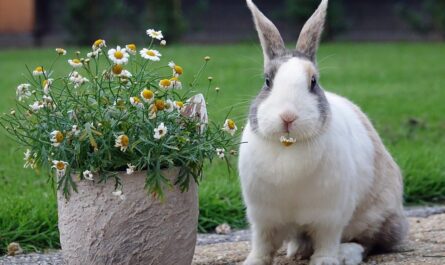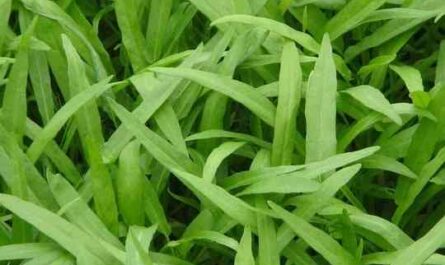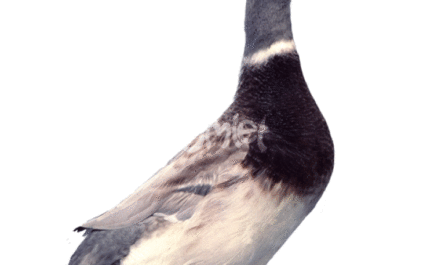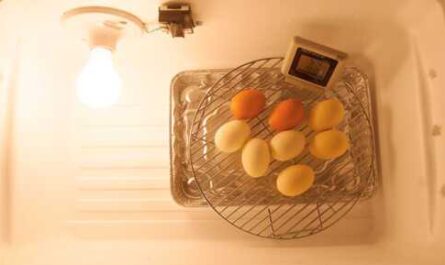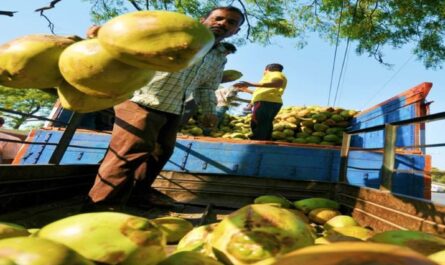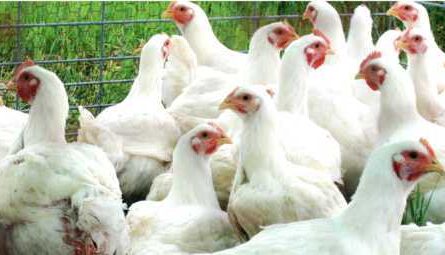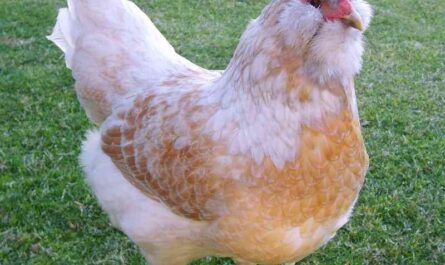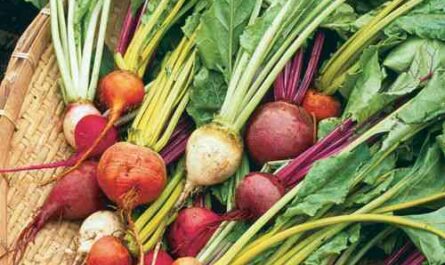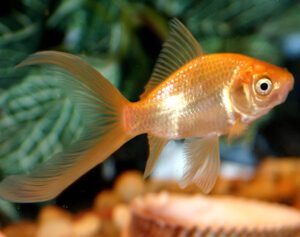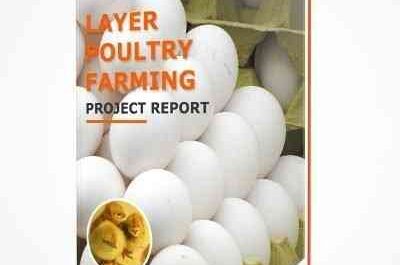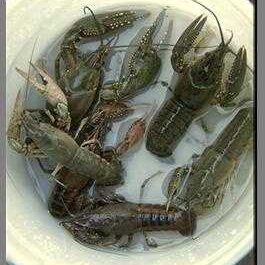Growing pumpkins organically in your garden is relatively easy if you provide the plants with adequate nutrition and enough space.
Pumpkins do well in full sun and if you can provide them with a good growing environment. Pumpkins are therefore ideal for growing in the vegetable garden.
Pumpkins are healthy and the best thing about growing pumpkins is that “all parts of pumpkin plants are edible, including leaves, stems, and flowers.”
So, growing pumpkins in your garden can be a great way to meet your family’s vegetable needs.
How to start growing pumpkin
If you are wondering how to grow pumpkin organically in your garden, you should follow the steps below.
Here, we cover everything about growing pumpkins, from planting to care and harvesting.
First select a variety
First, choose a good variety of pumpkin to grow in your garden.
Pumpkins are actually grown all over the world for a variety of uses, ranging from agriculture (such as animal feed) to commercial and ornamental uses.
So there are many varieties of pumpkins available all over the world.
But you need to choose the right variety that grows well in your area and also make it available in your area.
Buy seeds
After choosing a variety, buy seeds from one of the seed shops near you. And if any of your relatives or friends grew pumpkins, you can also harvest the seeds.
Best time to grow pumpkin
Pumpkins grow very well in the warmer months. Seeds do not germinate in cold soil.
Therefore, for growing pumpkins in northern regions, do not plant seeds until all danger of frost has passed and the soil has warmed.
You can plant the seeds during the warmer months (summer season) if you live in the southern regions. Usually the best time to grow pumpkins is May-July.
prepare the terrain
Pumpkins grow well in almost any type of soil. But they prefer well-drained soil rich in organic matter.
To grow pumpkins in your garden, prepare the soil with plenty of organic fertilizer, such as well-rotted manure or homemade compost.
planting
You can plant seeds or transplant seedlings to grow pumpkins. In fact, pumpkin plants grow best when the seeds are planted directly in the ground.
But if you prefer transplanting, be sure to harden off the seedlings. You can plant the seeds in rows or in “pumpkin mounds” which are small pitchers. There are many benefits to following this seed planting system.
In this hill system, the soil will warm up faster and the seeds will germinate faster, and it also helps with drainage and pest control.
You will need to prepare the hills before planting seeds with plenty of organic matter. Place hills 4-8 feet apart.
Then plant the seeds about 1 inch deep in the ground. Seeds will germinate faster if you soak them in clean water for 24 hours.
Care
Pumpkins generally require less maintenance than many other vine plants.
Although extra care will ensure that your plants grow well, which will increase your productivity in the long run. Follow the pumpkin care instructions below.
Feed / fertilizer
The pumpkins get really big and the plants are actually gluttonous and greedy. They prefer very rich soil with an abundance of organic matter.
Therefore, you will need to fertilize the soil regularly. Regular treatment of manure or compost mixed with water will ensure good plant growth.
tearing
Proper watering is essential when growing pumpkins. Because pumpkins need a lot of water and are actually very thirsty.
You need to water the plants at least 1 cm per week. Water thoroughly, especially during fruit set.
Mulching
Mulching is necessary to retain moisture in the soil. Dry leaves, grass clippings, hay, straw, etc. can be used for this.
cut
Pruning the vines of squash plants can help make room. Pruning will also focus the plant’s energy on the remaining vines and fruit.
Cut off the fuzzy ends of each vine after a few squashes have formed and this will stop the growth of the vine (so that the plant’s energy is focused on the fruit).
Make supports
Most pumpkin varieties can be trained on a trellis. So make sure you have supports on which the plants can climb.
Remember that pumpkins can get very large, so the supports need to be very strong.
Cannabis control
You don’t need to spray anything or use chemicals to grow pumpkins organically in your garden.
You can easily get rid of weeds organically. To control weeds, simply use a hoe. Mulching will also help keep weeds out.
Pollination
Your gardening friends, the bees, will do this most of the time. But if there are no bees anyway, hand pollination can help increase productivity.
Pumpkin plants produce both male and female flowers. Male flowers have an erect stalk in the center of the flower (called the stamen) which contains pollen.
On the other hand, female flower buds have a small gourd attached to the bottom of the bud.
You just need to take a mature male flower and carefully tear off its petals without touching the stamens.
Then shake lightly and rub the stigma of the female flower with the cheesecloth and that’s it.
Pests and diseases
Pumpkins are susceptible to several pests and diseases. Aphids, squash beetles, cucumber beetles, small leaf beetles and ants are some of the common pets for squash.
You can easily get rid of them using homemade organic pesticides. Anthracnose and powdery mildew are common diseases of squash.
Along with these pests and diseases, there are other factors that can negatively affect fruit set.
For example, too much fertilizer, bad weather during flowering, low light and reduced pollinator activity can affect fruit set.
Harvest
Wait until the pumpkins are the desired size. The harvest of ripe pumpkins is good, and ripe pumpkins can be stored longer.
If you notice that the skin of a pumpkin acquires a rich solid color, it is ripening. Use a sharp knife or pruner to harvest the pumpkins.
Carefully cut the fruit from the vine and do not cut too close to the pumpkin.
You can heal the skin of a pumpkin by keeping it in the sun for about a week. This will toughen the skin and you can store the pumpkins in a cool, dry place.
These are common ways to grow pumpkins in your garden. Hope you enjoyed the guide! Happy gardening 🙂
video




